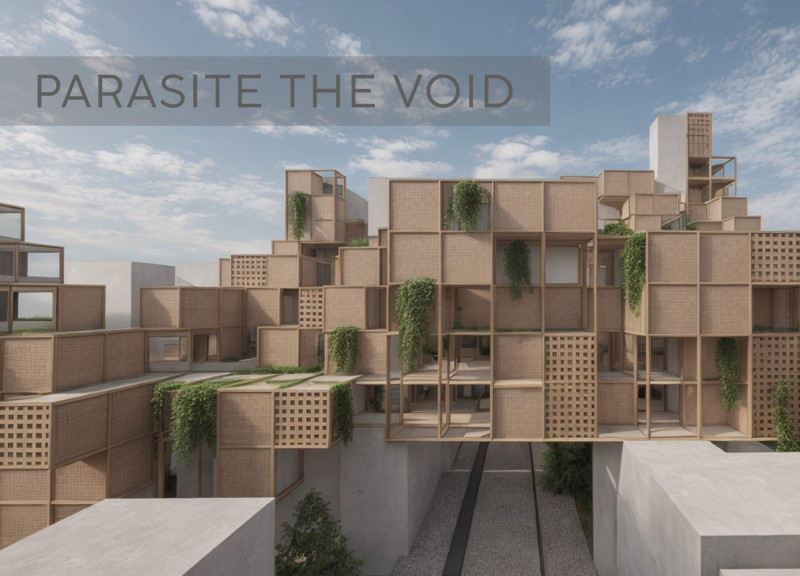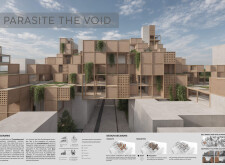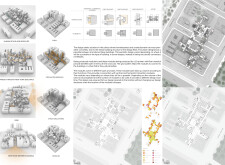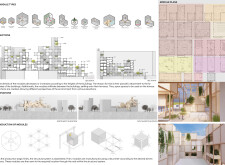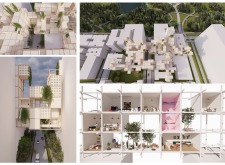5 key facts about this project
### Project Overview
The project is situated in [Insert Geographical Location], designed by [Insert Firm Name] and completed in [Insert Year]. The design intent centers around the integration of [insert specific themes, such as ‘nature and urbanism’, ‘modernism and tradition’, etc.], aiming to foster an environment that facilitates [insert desired experience, e.g., interaction, relaxation, etc.]. The architectural response not only addresses practical considerations but also engages with the cultural and environmental contexts of the location.
### Spatial Organization and User Experience
The layout emphasizes functionality and ease of movement, with a focus on open floor plans and multipurpose spaces. Distinct zones are created to enhance social interaction while offering private areas for reflection or work. Careful attention is placed on the arrangement of interior spaces, incorporating natural light through extensive use of glass in the facades. This connection with the outdoors aims to improve user well-being and enhance the overall atmosphere within the building.
### Material and Sustainability Strategies
Material selection plays a critical role in both the aesthetic and functional dimensions of the project. Concrete provides structural integrity, while extensive glazing ensures that natural light permeates the interiors. Natural materials, such as wood and stone, are used to establish a dialogue with the surrounding landscape. The design incorporates sustainable practices, including the use of reclaimed materials and energy-efficient technologies, such as solar panels and rainwater harvesting systems. These strategies demonstrate a commitment to environmentally responsible design, aligning with contemporary ecological standards.


